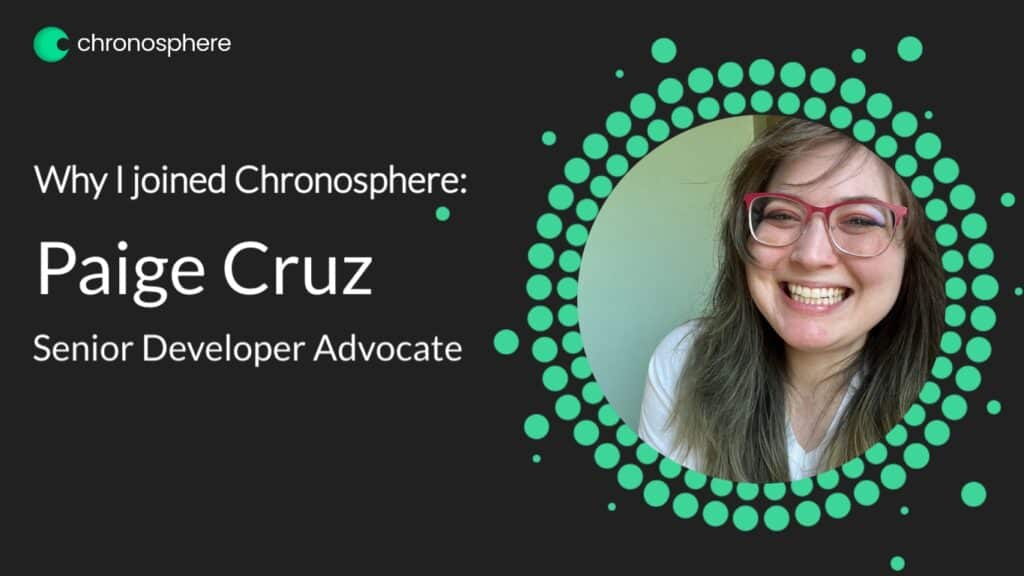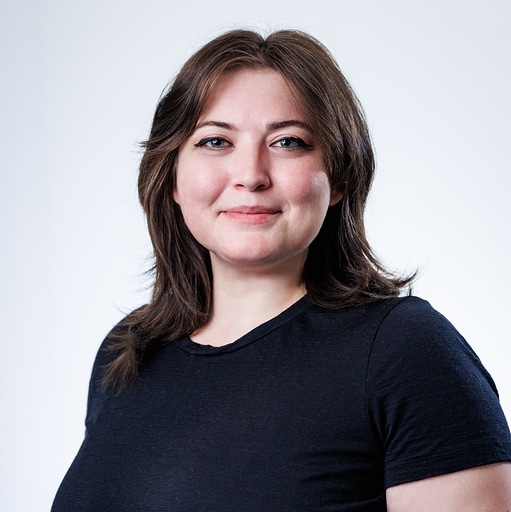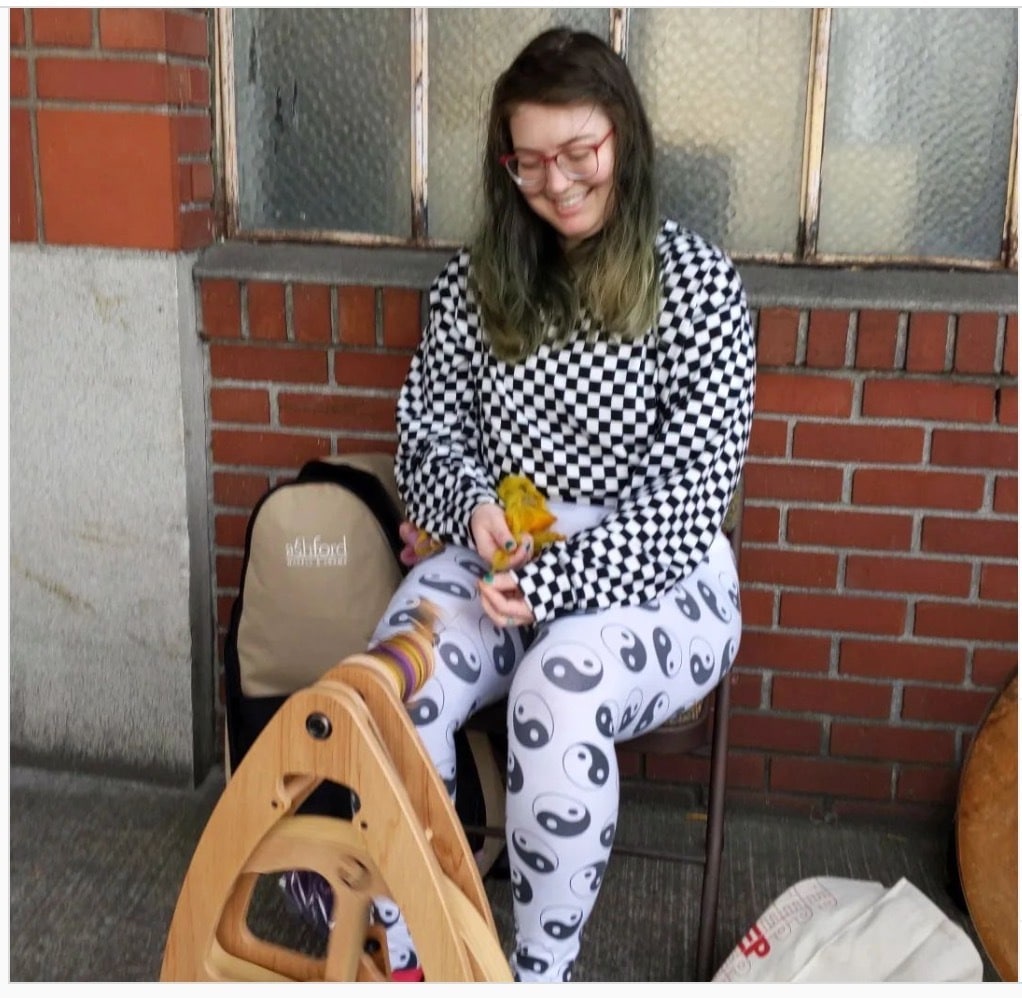At the start of 2022 I would not have predicted by autumn I would be retired from site reliability engineering/operations (SRE) and joining Chronosphere as a Senior Developer Advocate.
My career in tech began at New Relic, which I fondly refer to as grad school, where I was introduced to the art of monitoring, operationalizing, and scaling their people, processes, and technology post-IPO. What I didn’t realize is that it was a perk to be able to use a single platform to wrangle signals from mobile apps, applications, and their infrastructure, browsers, databases and simulated requests. For most shops, the cost of a single pane of glass platform is prohibitively high and their system signals are spread across a variety of purpose-specific tooling.
Remember 2015?
This was the era in which containers, Kubernetes, hosted cloud providers, and microservices took off. Terraform had just released version 0.4! It is also when I first became a software and reliability engineer. I missed out on the days of racking and stacking in data centers and running a Network Operations Center (NOC) and some days I wish I could time travel to the days of running a monolith and building organizational expertise around a single language stack – to me this seems like an observability oasis.
We were in the throes of a massive industry shift and debugging and understanding the customer experience was painful using legacy monitoring platforms that centered around the monolithic application as queen. As architectures evolved to what we now call cloud native services it made perfect sense to me that our tooling for measuring and monitoring systems should also evolve. So when I joined my final team at New Relic known as Connectivity and was introduced to the concept of distributed tracing I was s-o-l-d!
From there, I officially transitioned from Software Engineer (SWE) to Site Reliability Engineer (SRE) and bounced in and out of the world of monitoring vendors and various mid-stage startups. I developed a deep understanding of the pain in operating a distributed system at scale and the challenges to engage both developers and operators on the same tools. There is a pure joy I get in being able to facilitate someone’s aha moment within the world of observability.
This spring, after years of pushing through urgent deadlines, managing multiple major migrations, holding the weight of the pager, delayed Service Level Objective (SLO) initiatives, and forging through the rough seas of a pandemic, the flickers of burnout turned into a full on dumpster fire.
The thing about burnout is that you can’t just take two weeks off and go back to business – I ended up taking a couple month break to reach a baseline of stability by focusing on the three pillars of being a human: food, sleep, and movement. On this radical sabbatical I painted, wrote, paid off my sleep debt and became Ethical Yarn Community’s second fiber mill apprentice! Eventually I plan to build a vertically integrated sustainable fiber farm and mill and complete my transition from DevOps to AlpacaOps where I will treat my herd like pets not cattle 😜.
At this career crossroad I reflected on what I needed in my next role, landing on:
- Zero on call duty
- Solely an individual contributor
- Organization vision and mission I’m passionate about
- Mature corporate practices
- Established remote first culture
Chronosphere jumped to the top of my list when I caught Chronosphere’s SRECon Americas talk: Exemplars in Practice: Finding the Needle in Your Observability Haystack. The presentation broke down how to debug production using traces and promoted OpenTelemetry, a project near and dear to my heart. Afterwards I thought, “woah, this is a company to pay attention to” and back channeled with a friend who had been working there for a couple years to get the real scoop on working at Chronosphere.
After skimming the company’s site I felt a kinship with the messaging of truly supporting open-source instrumentation via Prometheus and OpenTelemetry and formally stating reliability as a core company value. I was ready to join Chronosphere – the Senior Developer Advocate role met all of my requirements and wasn’t too much of a stretch from the style of SRE I practice.
My recruiting team, Alyssa and Kim made sure to keep me updated along the way and adapted the interview to include my newly hired boss, Eric Schabell. The interviews were refreshingly straightforward and it was clear that each Chronospherian was thoughtful and expert in their domain.
With everything looking good on the interviewing front I did have a bit of a dilemma when it came to the compensation conversation. Had this been a SWE or SRE position I would have no problems pinpointing my market rate, but with a role as a Developer Advocate in a marketing department I was a bit out of my depth. I was totally willing and ready to take a pay cut if it meant deleting PagerDuty from my contacts forever, but wanted to get a sense of market rates. Thanks to Chronosphere’s comp policy to pay Bay Area rates regardless of location, I am making the same base I did as a Senior Site Reliability Engineer!
The role, the mission, the technology and the benefits were solid and I am settling into my third week happy as a clam. Working at a startup and sustainable work-life boundaries do not have to be mutually exclusive but it does take a supportive environment. My strategy is to put flexible PTO to use and continue my fiber apprenticeship Thursday afternoons and never install Slack on my phone. I am still in the honeymoon phase of working here but I will have many chances to give updates about life at Chronosphere, so stay tuned.
In a nutshell, I joined because I genuinely and truly believe in the power of standardized open source instrumentation. I want you to use Chronosphere because it is the sharpest tool in your box to explore and debug production. Interested in joining? Check out our careers page.






